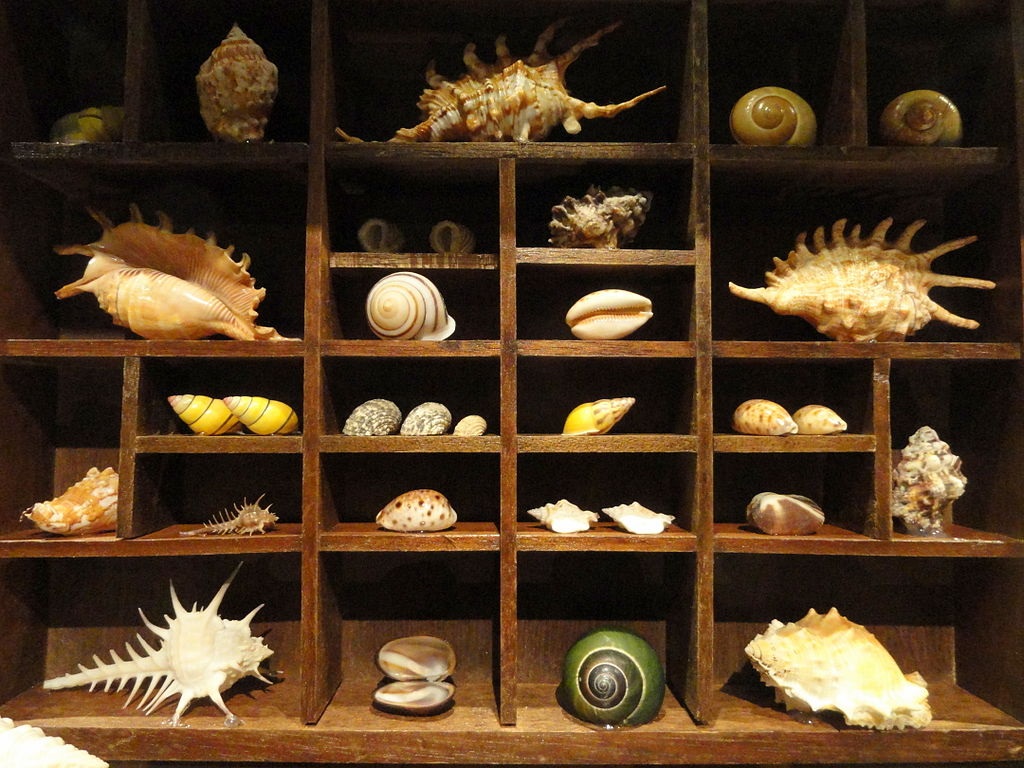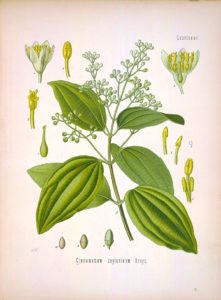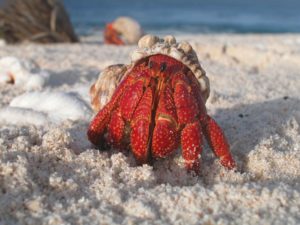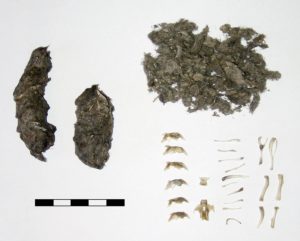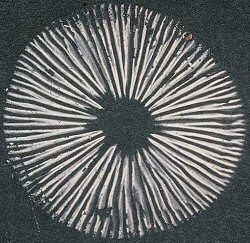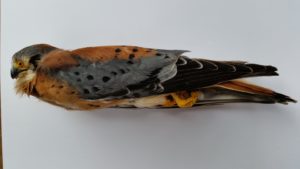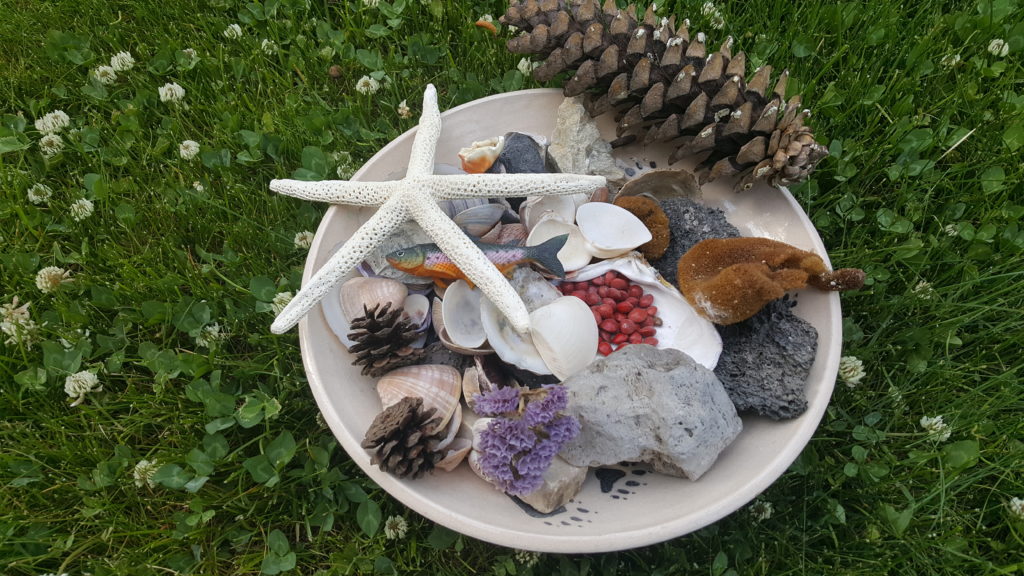An inventory of my Cabinet of Curiosity
As an artist and naturalist, I’m an inveterate collector of dead things cast off by the living. Many of life’s most beautiful objects were once alive and are just as beautiful and intriguing when not. My home is like one big 19th-century Victorian cabinet of curiosities.
Historically, such ‘cabinets’ or rooms were dedicated to displaying natural history collections gleaned during the European age of exploration when wild and unique species were being discovered in both the new and old worlds at a fervent pace.
I am forever on the lookout for intriguing objects to collect so that I’ll have a ready stash of inspiring things to draw and teach from. Whether it’s a vial of sand from Hawaii, a pressed flower from a garden or a dead bird gifted by a neighbor, my cabinet is always growing in size and complexity.
This may go without saying but, just to be clear, I never collect living animals or dig up whole plants and don’t condone such practices by my students. Collecting seashells can be especially problematic because it is hard to tell if a creature is still residing in it. Once I had a student give me a hermit crab that their family had mistakenly collected in Jamaica thinking it was an empty shell. I made a nice terrarium for it in my classroom and it lived for a year until the same family returned to Jamaica, and returned the little critter to its original home!
Here are just a few items in my Cabinet of Curiosities
- Rattlesnake rattle and a shed snakeskin.
- Dried butterfly and moth wings.
- Natural sea sponge, sea shells, sea urchins tests and dried coral pieces from the beaches of tropical seas I’ve dove and snorkeled in.
- Dried miniature seahorse and scorpion (gifted to me as a child and no doubt purchased from a curios shop which I don’t condone nowadays of course).
- The iridescent elytra of a tropical beetle.
- Feathers of various sizes and colors.
- Coffee can of owl pellets and the complete skeletons of voles, mice, and moles encased within them and dissected out of them.
- Rock, minerals, and crystals from sedimentary, metamorphic and volcanic outcroppings.
- A trilobite I collected in the White Mountains with my geology professor after searching for 4 hours!
- Stonefly exoskeletons and boxes of dried and preserved insects from past research projects and college collections.
- A jumping cholla cactus skeleton segment from the Mojave Desert.
- Spore prints I’ve made to help identify mushroom species to determine their edibility (or lack thereof!).
- Vials of black, white, pink and purple sand from beaches I’ve walked from Lake Tahoe to Borneo’s South China Sea.
- Dead birds in the freezer that I use as teaching specimens in my sketching classes including a kestrel, hummers, crossbill, western wood pee-wee (birds who unfortunately met their untimely death by window collisions).
- A lucky rabbit’s foot (who didn’t have one of these if you grew up in the ‘70s?)
- Fur clippings from my golden retrievers and tail hairs from my horses who’ve crossed the rainbow bridge.
- Pressed flowers, aromatic herbs, and autumn leaves; in every hue of gold, rust, orange, crimson, brown.
- A plant species collection I made for a high school botany class from 1980! Thanks to that project assigned by my professor, I was inspired to become the biologist and educator that I am today!
- Seedpods of the devil’s claw, acorns and pine cones from many species.
- A sage smudge stick I made from blossoming branches in the Great Basin desert.
- Part of a paper wasp nest that had fallen in pieces to the ground.
- Square nails and blue glass bottles found on my property which were likely used during the Gold Rush of the 1850s.
- Boxes of bones from cow, deer, elk, coyote, bobcat, snake, plus a complete vertebral column of a snake, all found during my many miles of hiking over many years as a field biologist. Bones are one of my favorite subjects to sketch, like this sea lion forelimb below I found on a California beach decades ago.
- A robin’s nest and bits of its blue shelled eggs I collected after, sadly, a predator got in the nest.
- A Native American arrowhead (replica) and obsidian flakes.
What do you have in your cabinet of curiosities? Do tell! And if you haven’t started one yet, I hope this gives you some ideas and inspiration to create your own!
- Learn more about the history of Cabinets of Curiosities over on Wikipedia.

